1939 World's Fair in Photos
Planning for the 1939-40 World’s Fair began in 1936, calling for Flushing’s former swamp and ash dump to be filled in and converted to a 1,200-acre fair site, Flushing Meadows (later Flushing Meadows Corona) Park. The fair included highlights like the “Town of Tomorrow” with futuristic model homes, Billy Rose’s Aquacade on Meadow Lake, the Life-Savers Parachute Tower, General Motors’ “Futurama” depicting the world of 1960, and new inventions such as color film, nylon stockings, television, and air conditioning. Sixty countries, the League of Nations, the Works Progress Administration, the City of New York, and 33 states and territories presented pavilions at the fair. The 700-foot-high Trylon and 200-foot-wide Perisphere stood as symbols of the fair’s theme, “Building the World of Tomorrow.” When World War II broke out, the theme of the fair was changed to “Peace and Freedom.”
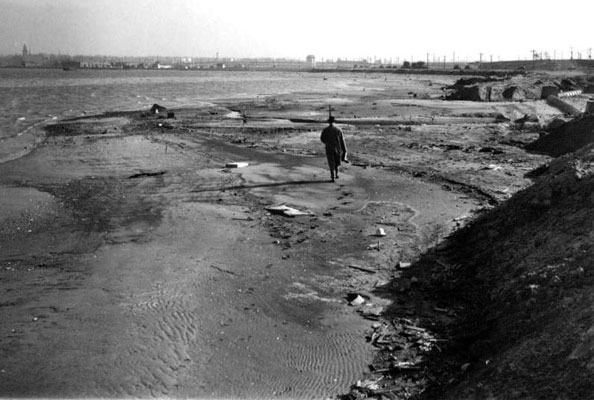
In The Great Gatsby, F. Scott Fitzgerald described the area that would be become Flushing Meadows-Corona Park as “a valley of ashes — a fantastic farm where ashes grow like wheat into ridges and hills and grotesque gardens.” This photo was taken in 1936, during the park’s construction.
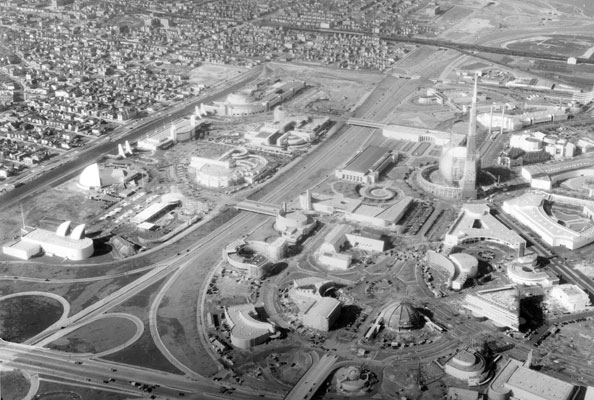
Two years later, the site had been transformed for the World’s Fair, as you can see from this view from above.
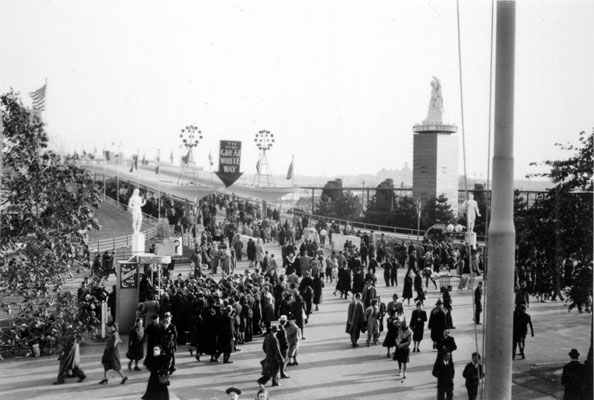
The Empire State Bridge led visitors past international flags as they entered the fair. More than 44 million people would visit this fair during the two years it was held.
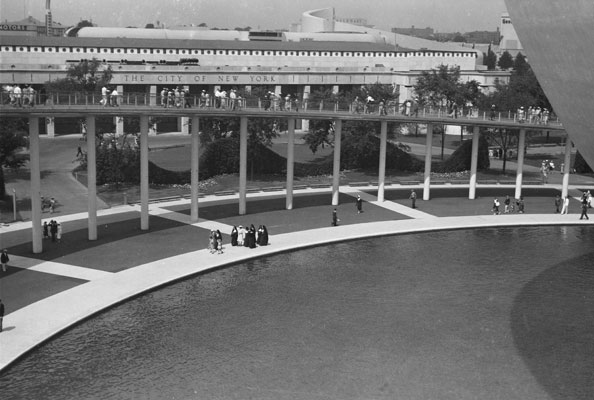
This photo was taken from the entrance of the fair’s iconic Perisphere, a 200-foot-tall sphere that housed “Domocracity,” a giant diorama depicting an ideal city of the future.
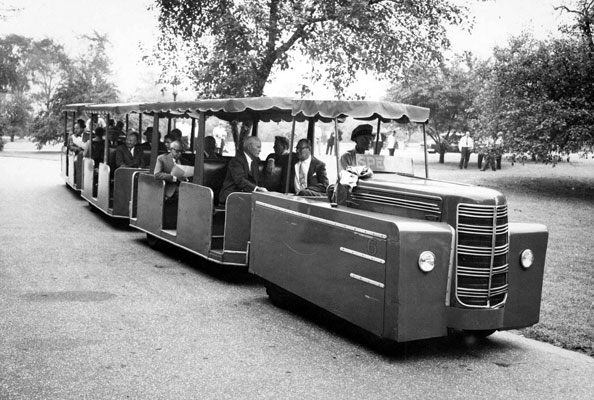
Visitors to the World’s Fair toured the grounds on a specially designed trolley.
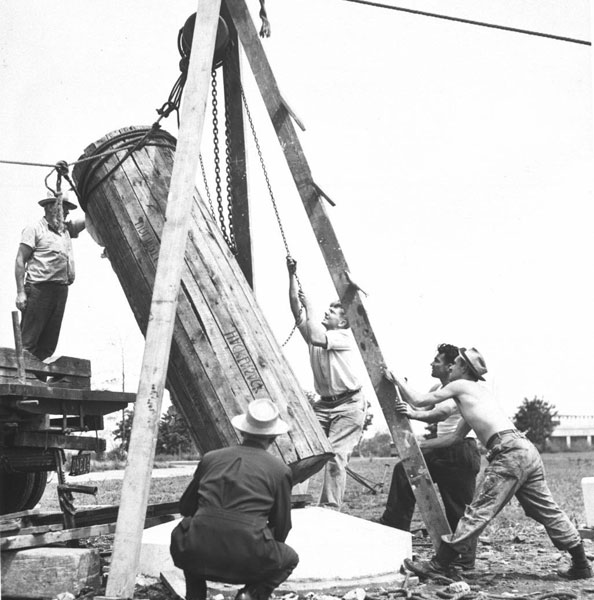
The Westinghouse Time Capsule is meant to be opened in the year 6939, 5,000 years after it was buried. Whoever opens it will find copies of Life magazine, messages by Albert Einstein and Thomas Mann, cigarettes, and glass tubes containing seeds of the country’s biggest crops, as well as millions of pages of text on microfilm.